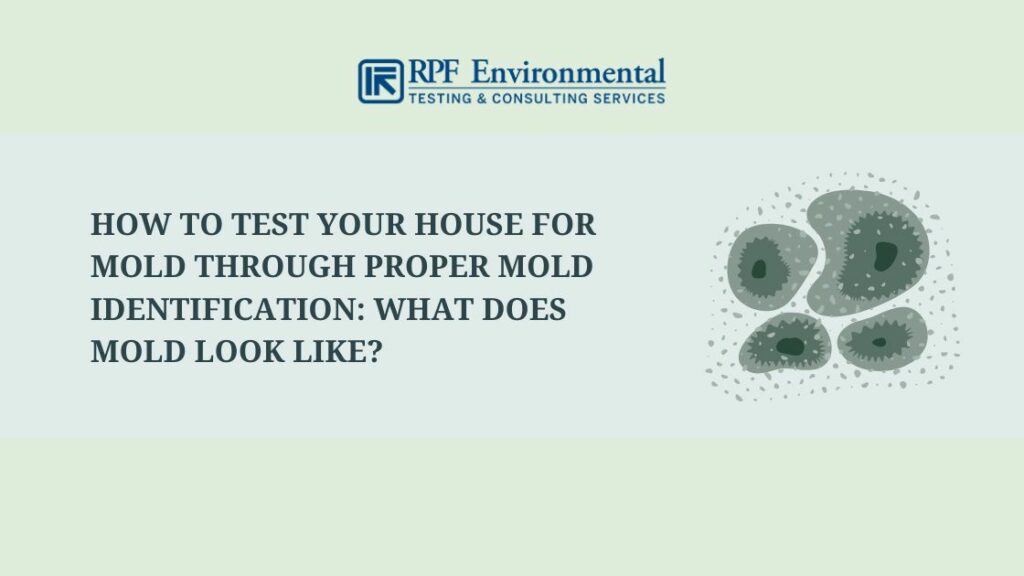Optimize Your Compliance with Trusted Mycotoxin testing Services Solutions
Optimize Your Compliance with Trusted Mycotoxin testing Services Solutions
Blog Article
Exactly How Mycotoxin Testing Helps Prevent Contamination and Secure Food Products

Mycotoxin screening is a crucial technique in the food market, offering as a frontline defense against contamination by damaging contaminants produced by mold and mildews. With the application of sophisticated techniques like High-Performance Liquid Chromatography (HPLC) and Fluid Chromatography-Mass Spectrometry (LC-MS), food producers can accurately find and measure mycotoxin levels in farming products.
Comprehending Mycotoxins
Recognizing mycotoxins begins with identifying that they are toxic secondary metabolites created by specific molds, which can pollute agricultural items. These metabolites are not important for the growth or recreation of the fungi but can have extreme implications for human and animal health and wellness. Mycotoxins are commonly discovered in staple plants such as corn, wheat, barley, and nuts, where they can proliferate under certain conditions of dampness and temperature level.
There are a number of sorts of mycotoxins, each produced by various fungal varieties. Aflatoxins, created by Aspergillus species, are amongst the most well-known, known for their cancer causing buildings. One more significant team consists of ochratoxins, generated by Aspergillus and Penicillium species, which have nephrotoxic results. Fusarium types generate fumonisins and trichothecenes, both of which are related to various severe and chronic wellness issues.

Dangers of Mycotoxin Contamination
The dangers of mycotoxin contamination are multifaceted, posing significant hazards to both food safety and public wellness. Mycotoxins, hazardous compounds produced by particular kinds of fungis, can pollute a large range of farming items consisting of grains, nuts, flavors, dried out fruits, and coffee. When these toxins penetrate the food supply, they can result in severe health issues such as liver damage, kidney failure, and even cancer cells. Prone populations, including youngsters, the elderly, and immunocompromised people, are especially in danger.
Financial impacts are one more major worry. Contaminated crops can lead to significant economic losses for farmers and food manufacturers as a result of lowered yields and the requirement for expensive decontamination measures. International trade can be considerably hindered as countries implement strict mycotoxin regulations to safeguard their populations, leading to turned down shipments and stretched trade relationships.
Environmental aspects such as environment adjustment worsen the threat of mycotoxin contamination. Variations in temperature and moisture can create favorable problems for fungal development, increasing the probability of contamination occasions. Therefore, understanding and reducing these risks are crucial for ensuring the safety and security and stability of international food supplies.
Methods of Mycotoxin Testing
Precisely identifying mycotoxin contamination in agricultural products is crucial for securing public health and maintaining food safety and security criteria. Different approaches are utilized to detect and quantify mycotoxins, each offering specific benefits and limitations.
High-Performance Liquid Chromatography (HPLC) is an extensively made use of approach as a result of its high sensitivity and precision. It includes separating mycotoxins from other substances in an example, enabling precise metrology. Likewise, Liquid Chromatography-Mass Spectrometry (LC-MS) integrates fluid chromatography with mass spectrometry to provide in-depth molecular details, making it specifically beneficial for recognizing several mycotoxins concurrently - Mycotoxin testing Services.

Gas Chromatography-Mass Spectrometry (GC-MS) and Thin-Layer Chromatography (TENDER LOVING CARE) are additionally utilized, each with unique applications. GC-MS works for unpredictable mycotoxins, while tender loving care provides a less complex, affordable alternative for initial testing.
Advantages of Regular Testing
Routine screening for mycotoxins in agricultural items provides many benefits, substantially adding to public wellness and food safety and security. By identifying contamination early, regular screening aids avoid the circulation of hazardous foods, therefore minimizing the risk of mycotoxin-related illnesses among customers. This proactive technique not only safeguards human health and wellness however also improves the overall high quality of food products.
Regular testing likewise supports regulative conformity. Various countries and regions have developed strict restrictions for mycotoxin degrees in food and feed. Sticking to these restrictions through normal screening ensures that manufacturers and providers satisfy lawful standards, therefore staying clear of charges and profession obstacles. Maintaining conformity promotes customer trust and brand track record, which are critical for market success.
In addition, normal our website mycotoxin screening can lead to substantial financial advantages. Early detection of contamination enables timely treatment, lowering prospective losses from prevalent contamination. Carrying out regular screening protocols can likewise minimize recall prices and relevant liabilities, which can be financially ravaging.
Additionally, regular screening offers valuable information that can notify far better agricultural techniques and storage problems. By recognizing patterns of contamination, manufacturers can embrace safety nets, thus lowering future threats and adding to the sustainability of the food supply chain.
Implementing Examining Methods
Applying efficient mycotoxin testing protocols is vital for making sure the safety and high quality of farming items. Establishing a robust testing framework includes multiple key actions, starting with the identification of potential contamination points within the production and supply chain. This consists of pre-harvest, post-harvest, storage, and distribution phases. Each stage needs to be scrutinized to pinpoint where mycotoxin contamination is probably to take place.
Once essential control factors are determined, choosing proper testing methods is necessary. Typical techniques consist of enzyme-linked immunosorbent assay (ELISA), high-performance fluid chromatography (HPLC), and mass spectrometry (MS) Each approach has its strengths and weak points; therefore, choosing the right one depends on the details mycotoxin being checked, the called for level of sensitivity, and readily available resources.

Lastly, integrating the testing protocols into a thorough food safety administration system is advisable. This boosts traceability and enables quick corrective activities when contamination is found, therefore guarding the integrity of the food supply chain.
Verdict
Mycotoxin screening is essential in preventing contamination and securing food materials by making it possible for early detection of damaging contaminants produced by molds in farming products. Advanced approaches such as HPLC and LC-MS make certain compliance with safety guidelines and shield consumers from health and wellness threats. Routine screening enhances brand track record, economic security, and rely on food safety by minimizing contamination-related losses and keeping high standards in food manufacturing. Carrying out extensive testing protocols is hence important for the industry's total well-being.
Mycotoxin screening is an important technique in the food market, serving as a frontline protection against contamination by damaging why not check here toxins created by molds. An integrated method entailing agricultural techniques, storage space management, and routine testing can reduce the threats associated with mycotoxin contamination, making sure food safety and security and public wellness.
The dangers of mycotoxin contamination are multifaceted, presenting considerable risks to both food safety and security and public wellness.Regular continue reading this testing for mycotoxins in agricultural items offers various advantages, considerably contributing to public health and wellness and food safety and security.Mycotoxin screening is vital in protecting against contamination and guarding food materials by making it possible for very early discovery of dangerous contaminants created by mold and mildews in agricultural items.
Report this page